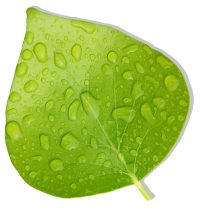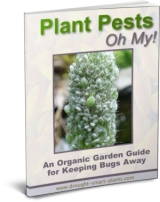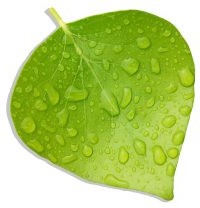
Lupins
Nitrogen Fixing Plant for beauty, bees and a cover crop
Lupins, known botanically as Lupinus, are most often planted as beautiful garden flowers with tall spires of blooms in all colors of the rainbow.
In some areas they are used as erosion controlling plants along steep banks on the side of highways, where the sheer number of them produces an incredible site when they flower en masse.
They are a legume, related to peas, beans and alfalfa, with the same secret benefit of being able to take nitrogen from the air and store it in their roots on special nodules with the aid of beneficial bacteria.
They use this for their own growth, and when the plants die (lupines are usually biennial, or short lived perennials) the nitrogen is released into the soil for other plants to use.
Lupins are extremely susceptible to aphid infestation, which can be an unsightly problem, but it doesn’t prevent them from being useful as a cover crop.
In an ornamental situation aphids are not seen as a desirable side effect, but when growing them as a green manure it’s not a big deal.
I cut the flowers (which are where the infestation usually occurs) and throw them into the chicken pen for my birds to clean up.
Protein on the hoof!
At the end of the growing season, cut the lupines off at the base, and chop them into pieces when building the compost pile.
Although they’re woody by this time, they are hollow, and easily rot down over the winter.
The roots, which are where all that yummy nitrogen is stored can be left in place to contribute the nutrients as they rot, for the added benefit of opening up the soil. They also hold the soil in place and prevent erosion from heavy fall rains.
Alternatively, pull them up and compost those as well as the stems, adding the nutrients to the finished compost to be dispersed around the garden where it’s most needed.
Chop the stems and roots with a shredder, or cut them into small pieces with a machete or pruners.
The smaller, the better as they’ll rot down much quicker.
Sign up for
Out in the O-Garden Newsletter
and get your five part composting E-course - FREE!
BUGS!
Call them insects, critters, pests or beneficials, we need all the bugs we can get in an organic garden;
But not if they eat the plants!
If you have that atavistic urge to garden, I can help.
Follow
your instincts, use your intuition and sense a larger guiding force to
help you to produce the most nutritious vegetables out of your garden.
Remember, gardening
is good for
your soul too;
Don't forget to take a moment to watch a newly hatched butterfly puddle in your rich organic soil; the joy is contagious.
Find out my
10 Best High Nitrogen Natural Fertilizers
O Garden
on Facebook;
Gather on G+
|



New! Comments
Have your say about what you just read! Leave me a comment in the box below.